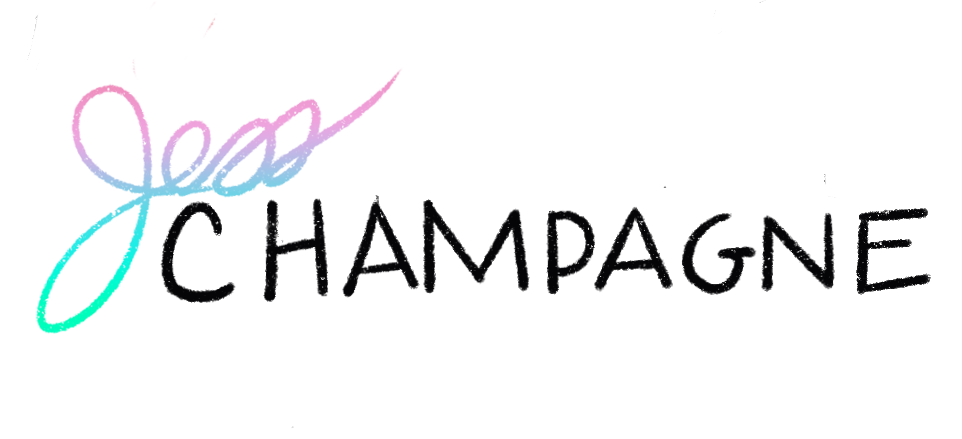October on the west coast is usually marked by spooky, misty mornings, perfect for corn mazes and getting in the mood for Halloween. This, in fact, is my third favourite thing about moving to the west coast from the east coast.* Nothing beats the mist rising off the Pacific and rolling over and down the mountains.
As I write this Vancouver Island is facing it’s longest drought in a long time. I came back from Australia expecting to plomp firmly into fall with two cold damp feet. To my surprise, the lack of rain is extending into the end of October, when it normally would have been lightly showering for weeks. Forest fires are still going, making the air hazy and dry. The sun looks a little different. A little grainy. The normally easy-going, native plants in my garden, are crispy through and through, making me fear that when I left adventuring, they’ve left me too and are not coming back.
Existential climate dread is a new term which has spread around this last few years and become part of our cultural lexicon. It’s something I’ve been feeling for a long time, but never had words to express properly. Yes! I was that annoying teenager in the 90s trying to convince people that it wouldn’t be too embarrassing to put a solar panels on our suburban roofs — a hard sell in Windsor, Ontario, Canada’s sibling to Motown. So, dread for me is nothing new — but it’s gotten different the last ten years, even as most other people came to finally believe that the climate is changing.
For Vancouver Island climate change means not just hotter, dryer summers, but longer, wetter winters. This sounds pretty tame in terms of words, just like hearing sea level rise of a few inches or feet also can sound pretty tame in writing. ‘So what? I don’t own waterfront!’ But as anyone who has struggled to save a house plant knows, too little water or a little too much water can mean life or death for some of these plants & ecosystems. (This year I loved my new bird of paradise plants too hard, misted them every day, promptly gave them an rot-based infection which they could never recover even once I corrected my behaviour!)
When I was a teenager, I thought that people would eventually see the climate changing, finally believe, and then the adults in charge would act quickly and solve the problem. Now that I know more about global politics and complex systems, I know that there are no adults truly ‘in charge’, no one person is steering the ship. That’s not to say political and cultural change isn’t happening. When I went to Australia I didn’t want to assume the people there believed the same things I did. This was, after all, a different culture and the birth place of Rupert Murdoch, super-propaganda giant. But I was surprised to find that, generally, everyone believed in climate change there too. Of course Australia was suffering from climate issues just as Canada was. I am grateful that I don’t feel like a crazy fear-mongering teenager anymore because so many people believe now. I probably have the internet to thank for that, there were people who believed in global warming the 60s and 70s, yet I couldn’t talk to those people. We didn’t have the communication abilities. But on most days change feels like it’s happening too slowly, too invisibly. Frankly, I get still get overwhelmed with a feeling of helplessness.
When I feel helpless, I use the same strategies as I do when someone is overwhelmed with panic. I bring myself back to the present. I feel my five senses. Breathe the air. Smell the environment. Hear the birds chatting outside my window. Feel the cushioning under my hips. Touch the worn wool of my father’s old electric blanket. I only have the present, and at present I re-focus. Think practically. Even in this chaos, I can be an agent of good.
I can’t fix the ecosystem, but right now I can support my resident birds by cleaning and filling the bird feeders. If my hummingbirds have lost their trumpet honeysuckle (Lonicera ciqliosa, “owls branch”) I can re-evaluate — what I can do in my garden to help them survive longer droughts? (more mulch maybe? More shade?) And then I can try planting again. I can look to other plants that might support them. How can I help my ecosystem deal with more water, and less water, at the same time. Seems complicated. But not impossible. Necessity is the mother of invention (or adaptation!).
But very short term, I can still pay more attention to their feeders. I can fill the bee watering station. I can make sure the pond and fountain we dug for wildlife access to water is clear and healthy and running. It’s a little neglected currently… I can take out the parrot feather that has overrun it, and since it’s non-native, and a hazard to local streams, I can very carefully dispose of it. And then I feel a tiny bit better, and, more importantly, I feel pulled out of paralysis.
*Favourite things: First = ocean/forests. Second = Moss everywhere, even all over bus stops.
(And that’s the end of my ted talk. This issue is so complicated I felt some writing paralysis, but this is my start. Hope it was worth your time. How do you deal with anxiety and paralysis? Let me know! )








